Introduction to Decorative Gravel
Decorative gravel is an increasingly popular choice for landscaping projects. As someone who has transformed several outdoor spaces using gravel, I can attest to its versatility and aesthetic appeal. Whether you’re sprucing up a garden border, creating pathways, or adding texture to a patio, decorative gravel can be the perfect solution. In this comprehensive guide, we will explore everything you need to know about decorative gravel, focusing on how to find it near you, the types available, and tips for installation.
What is Decorative Gravel?
Decorative gravel refers to various small stones that are used for landscaping and decorative purposes. Unlike regular gravel used for driveways or construction, decorative gravel includes a wide range of colors, sizes, and textures that enhance the visual appeal of outdoor spaces.
Benefits of Using Decorative Gravel
- Low Maintenance: Once installed, decorative gravel requires minimal upkeep.
- Versatile Aesthetics: Available in various colors and sizes, it suits different styles.
- Good Drainage: Gravel facilitates water drainage, preventing puddles.
- Cost-Effective: Often more affordable than other landscaping materials.
Types of Decorative Gravel
1. River Rock
River rock features smooth, polished stones that add a natural touch to your landscape.
2. Crushed Stone
Crushed stone is angular and comes in various colors, providing a more structured look.
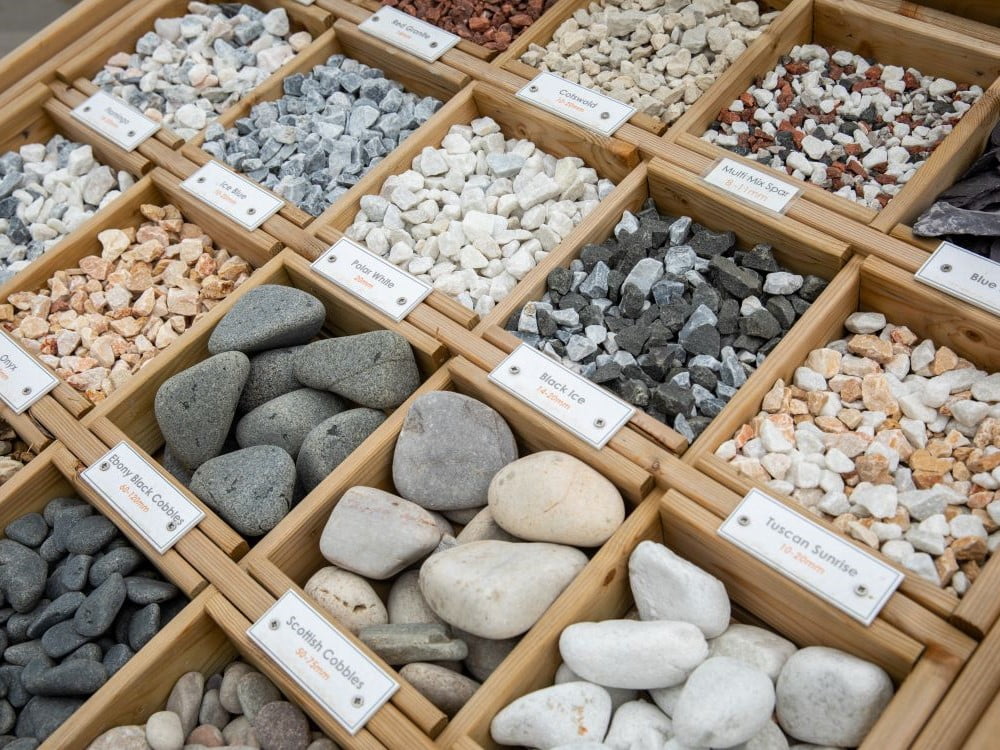
3. Pea Gravel
Pea gravel consists of small, rounded stones perfect for pathways and playgrounds.
4. Lava Rock
Lava rock is lightweight and adds a unique texture and color variation.
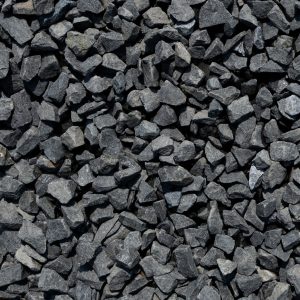
Finding Decorative Gravel Near You
Local Landscaping Supply Stores
Check nearby garden centers or landscaping supply retailers. They typically offer a variety of decorative gravel options.
Online Resources
Websites like Home Depot, Lowe’s, or local classified ads can help you find good deals on decorative gravel.
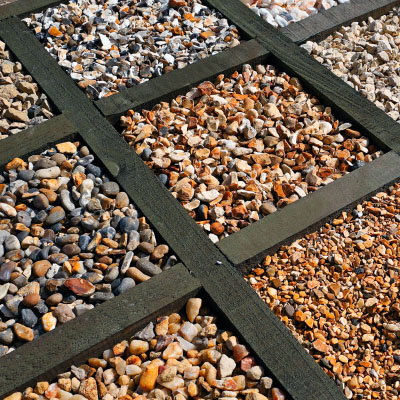
Quarry Direct Suppliers
If you have a larger project, consider sourcing directly from a quarry to secure bulk pricing.
DIY Installation Tips
Preparation
- Clear the area of any debris or existing sod.
- Plan your design and layout.
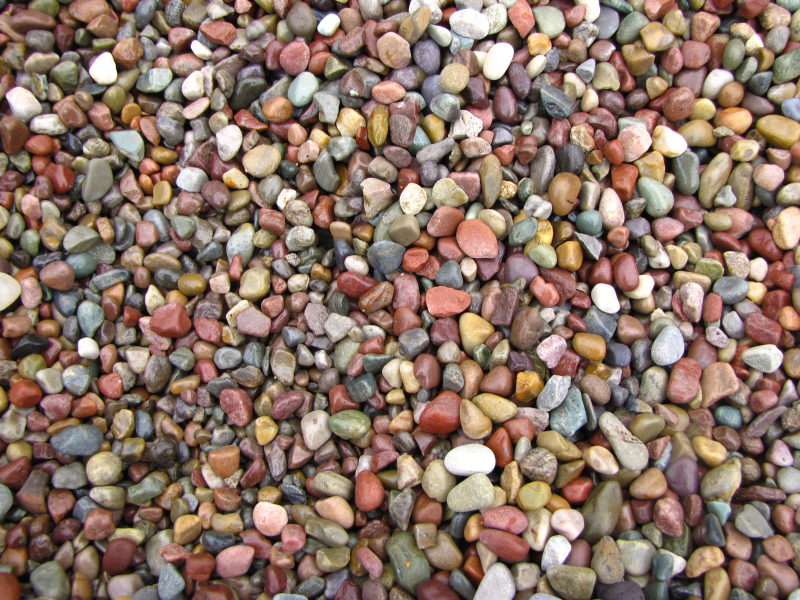
Installation Steps
- Lay down landscaping fabric to prevent weeds.
- Distribute the decorative gravel evenly.
- Use a compactor to settle the gravel if necessary.
Comparison Table: Types of Decorative Gravel
| Type | Color Options | Size | Best Use |
|---|---|---|---|
| River Rock | Natural tones | 1-3 inches | Water features, gardens |
| Crushed Stone | Various colors | 3/4 inch | Paths, driveways |
| Pea Gravel | Beige, gray | 1/4 inch | Patios, playgrounds |
| Lava Rock | Red, black | 1-2 inches | Decorative borders |

Pros and Cons of Decorative Gravel
Pros
- Increases property value through enhanced curb appeal.
- Environmentally friendly, as it requires less water.
- Promotes healthy plant life when used around gardens.
Cons
- Can be displaced by foot traffic or water runoff.
- May require periodic replenishment for maintained appearance.
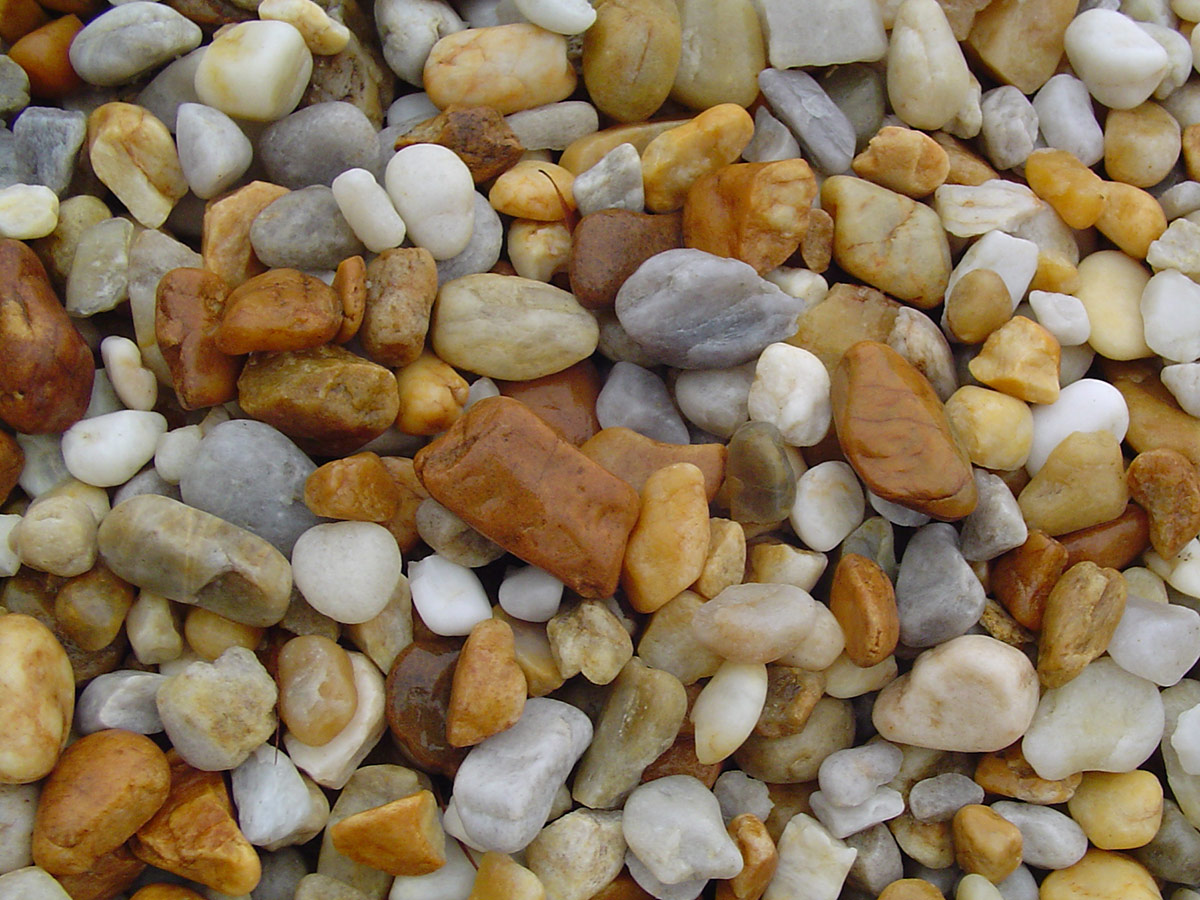
FAQs About Decorative Gravel
What is the best decorative gravel for driveways?
Crushed stone is often the best choice due to its stability and durability.
Can decorative gravel be used in flower beds?
Yes, decorative gravel works well in flower beds, helping with drainage and weed control.
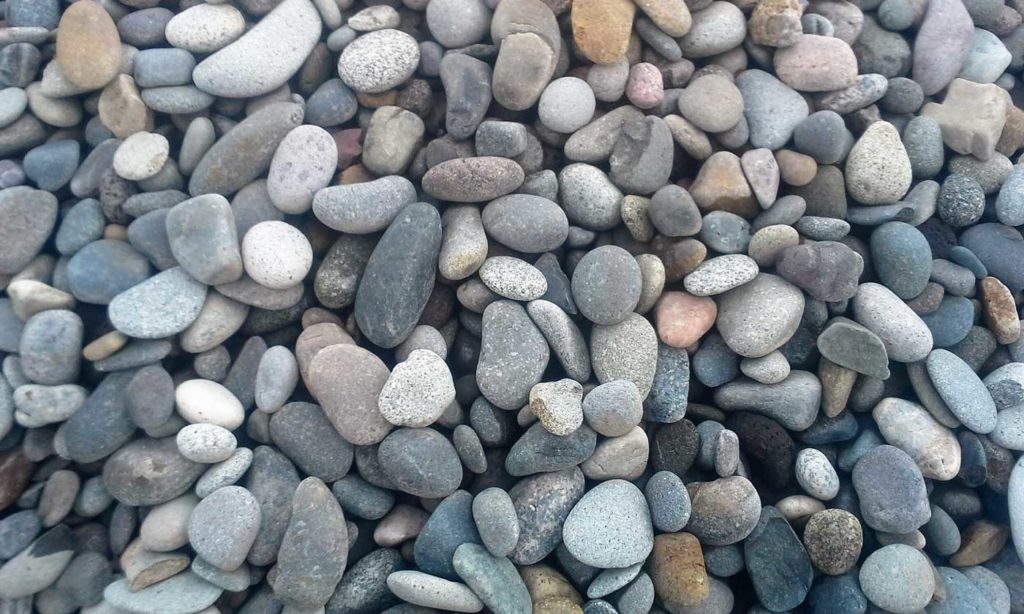
How thick should I lay decorative gravel?
A 2-3 inch layer is typically recommended for most landscaping applications.
Is decorative gravel pet-friendly?
Most types of decorative gravel are safe for pets, but always check for sharp edges or toxic materials.
Conclusion
Choosing decorative gravel can significantly enhance your outdoor space. By understanding the types available, their applications, and how to find them near you, you’re well-equipped to make an informed decision. With the right installation techniques, decorative gravel not only beautifies your landscape but also creates a practical and sustainable solution for your outdoor needs.